By Susanne von Rosenberg, UC Master Gardener of Napa County
During this uncertain time, many of us have become more committed to growing our own vegetables. A logical next question is: how can I produce more vegetables in the space I have available? Keep in mind these four principles if you want to increase the yield from your garden: picking the right vegetables, planning carefully, interplanting and extending the season.
Picking the right vegetables simply means picking vegetables that are high producers. One watermelon plant will take up at least as much space as a large tomato plant and you might get only four or five small to medium watermelons. If you plant the right kind of broccoli, you can harvest the main head and then harvest side shoots for many more weeks. If you plant cauliflower, you get exactly one cauliflower.
Also look for varieties that mature relatively quickly. Some broccoli varieties produce a main head in 60 to 90 days from transplant. Some tomatoes can produce ripe tomatoes in as few as 55 days after transplant; big beefsteak tomatoes may take 90 days. Quick-maturing varieties are often referred to as early varieties.
Planning carefully is essential to growing more vegetables in the same space. Know exactly what you're going to plant and where. By having more seedlings ready to plant whenever you finish harvesting a crop, you can substantially increase the volume of vegetables you harvest.
Let's say you planted lettuce, and you plan to replace the lettuce with beans once the weather warms up. With such a plan, at the very least you will have the seeds ready. You can get a little further ahead by starting the beans two to three weeks before you're ready to take out the remaining lettuce, and then planting them as seedlings.
When you know how much food a plant yields and how quickly it will produce, you can figure out how many plants you need and when. You can also plan to save space by “going up.” A trellis on the north side of a garden can allow you to grow pole beans, cucumbers, melons and other vining crops vertically, saving you a lot of space.
I also use flat trellises for my tomatoes rather than space-hogging cages. I tie the vines up with twine made from natural materials. Keeping your trellis on the north side prevents it from shading the rest of your vegetables. If you live in a hotter part of the County, consider using space behind the trellis for plants that prefer some shade during hot weather.
Interplanting, also known as intercropping, is the concept of tucking smaller or faster-growing plants in among larger or slower-growing plants to take advantage of available place. There are many opportunities for interplanting, such as planting basil between tomato plants. Another common grouping is radishes and carrots. Radishes sprout and grow quickly; carrots usually take quite a while to sprout and are still small by the time the radishes are ready to harvest.
Many greens such as arugula, tat soi, mizuna, and Swiss chard grow to harvest size quickly, so you can usually grow them between larger plants, such as cauliflower and broccoli. The greens will be ready to harvest by the time the bigger plants start to fill out. Small plants, such as leeks and garlic, can be tucked in just about anywhere. Cool-season herbs such as dill and cilantro are also good for interplanting because they only last a few months.
If you really want to increase your yield, grow vegetables all year. We are lucky to have a mild Mediterranean climate that allows us to grow cool-season vegetables well into the fall. Planning your garden carefully is even more important for year-round vegetable gardening. As the days gets shorter and cooler, plants take longer grow to maturity.
Your more casual gardening friends will probably be surprised when you tell them in mid-July that you just seeded broccoli and cauliflower for your fall garden. But when you plant out seedlings in mid-August, you will have mature broccoli by mid to late October. Because there is less sunlight and the days are getting cooler, broccoli seedlings you set out at the end of August may not mature until mid to late November. Planting just two weeks later in the fall means that you harvest about a month later.
One final thought: As you increase the productivity of your garden, it's even more important to amend your soil and provide adequate fertilizer for your plants.
What are you going to do this year to get more food from your garden?
The UC Master Gardeners of Napa County are volunteers who provide University of California research-based information on home gardening. To find out more about home gardening or upcoming programs, visit the Master Gardener website (napamg.ucanr.edu). Our office is temporarily closed but we are answering questions remotely and by email. Send your gardening questions to mastergardeners@countyofnapa.org or leave a phone message at 707-253-4143 and a Master Gardener will respond shortly.
Attached Images:
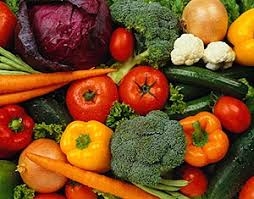
Vegetables, grow some! (UC Davis Health)
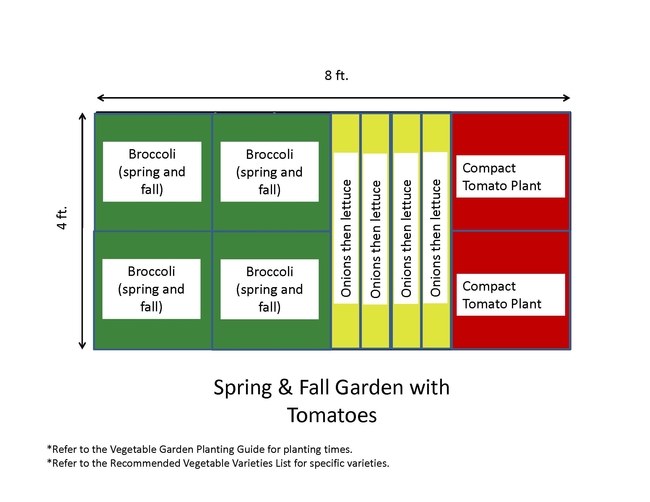
Plan your garden--this is an example (The Demo Garden Blog)
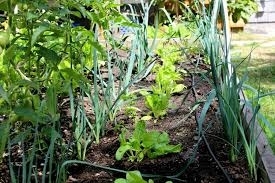
Interplanting (UC ANR)
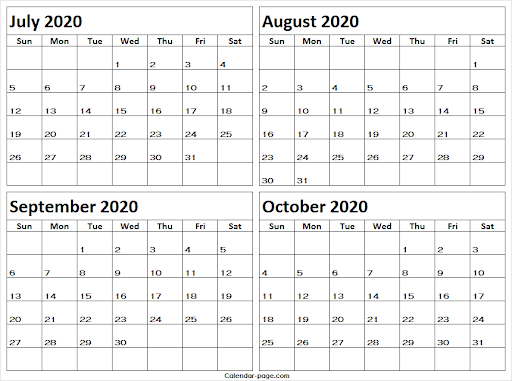
Use a write on calendar to make notes (Blank Calendar Page)
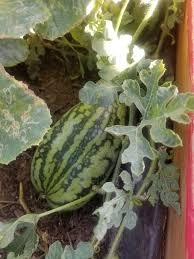
Use space wisely (UC Riverside)
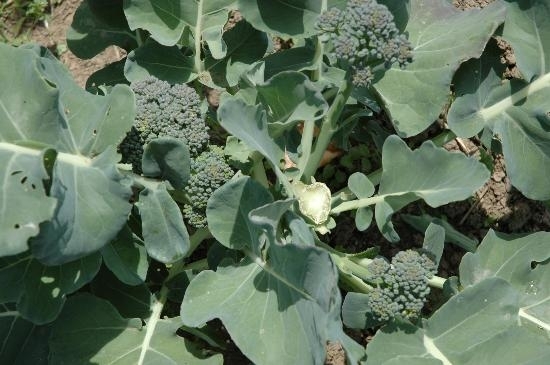
Broccoli side shoots to harvest after the main head has been harvested (UC MG of Contra Costa County)
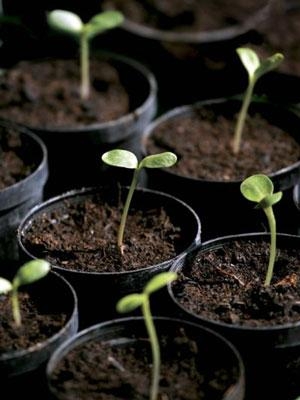
Have seedlings ready to transplant at the right time ((UC ANR)
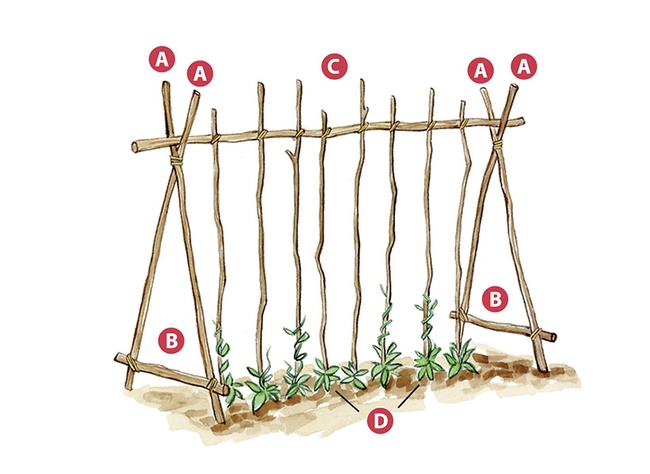
DIY garden trellis--commerical ones are available online (Garden Gate Magazine)
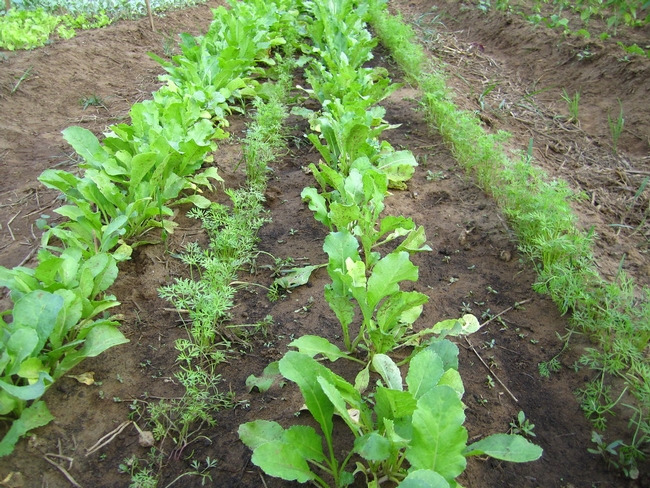
Radish and carrot interplanted (Flickr)
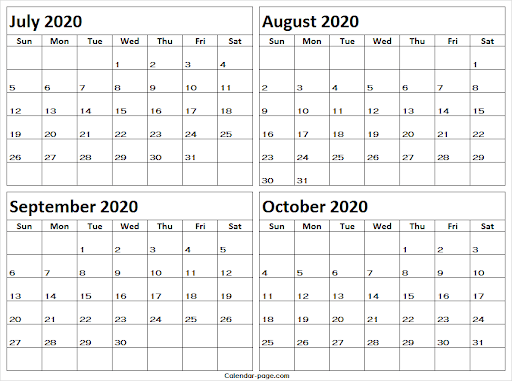
Use that write on calendar for planning as well as notes (Blank Calendar Page)
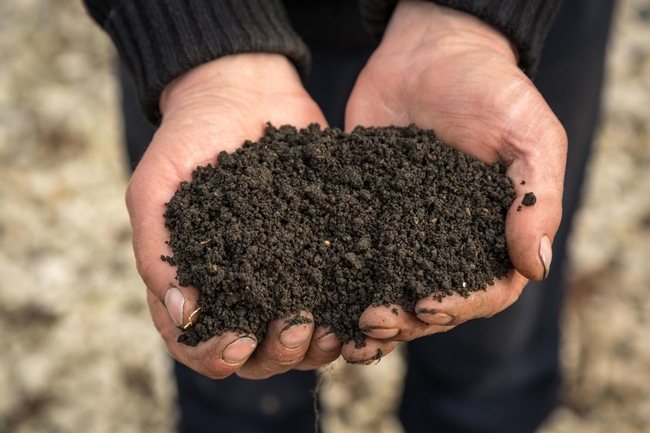
Compost, always our last and best advice (Napa Valley Register)